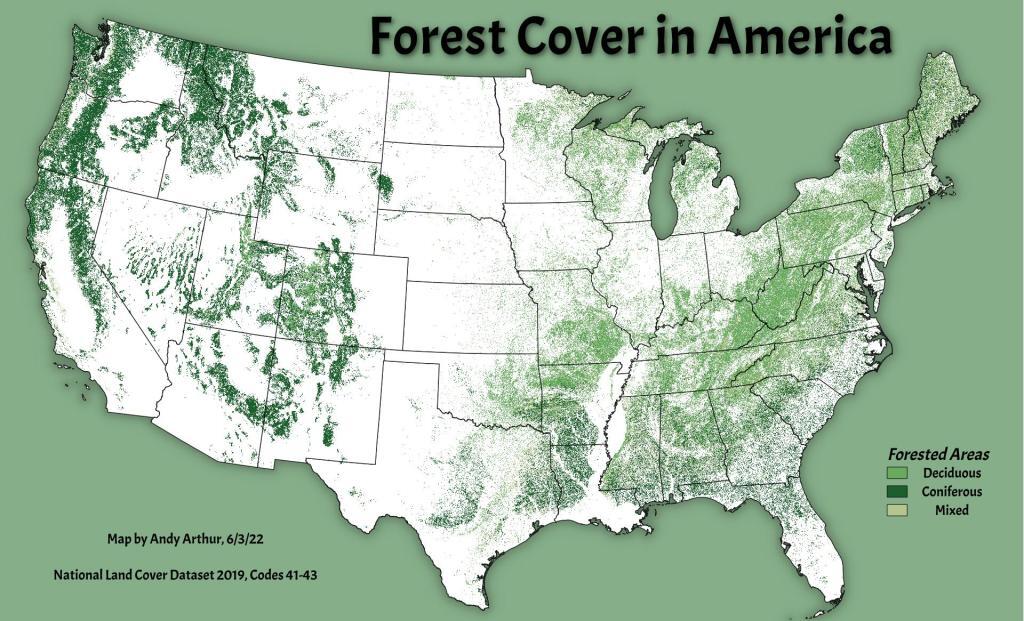Average Bridge Rating By Municipality
This map shows the average of bridge ratings for most towns in New York State. Some of the towns are lacking data or did not match when I completed the data join yesterday.
In New York State, bridge inspectors assess all of a bridge’s individual parts. They are required to evaluate, assign a condition score, and document the condition of up to 47 structural elements, including rating 25 components of each span of a bridge, in addition to general components common to all bridges. The NYSDOT condition rating scale ranges from 1 to 7, with 7 being in new condition and a rating of 5 or greater considered as good condition.
NYSDOT also computes an overall New York State condition rating for each bridge by combining the ratings of individual components using a weighted average formula. This formula assigns greater weights to the ratings of the bridge elements having the greatest structural importance and lesser weights for minor structural and non-structural elements. If a bridge has multiple spans, each element common to the spans is rated and the lowest individual span element rating is used in the condition rating formula.
NYSDOT defines a deficient bridge as one with a State condition rating less than 5.0. A deficient condition rating indicates deterioration at a level that requires corrective maintenance or rehabilitation to restore the bridge to its fully functional, non-deficient condition. It does not mean that the bridge is unsafe.

